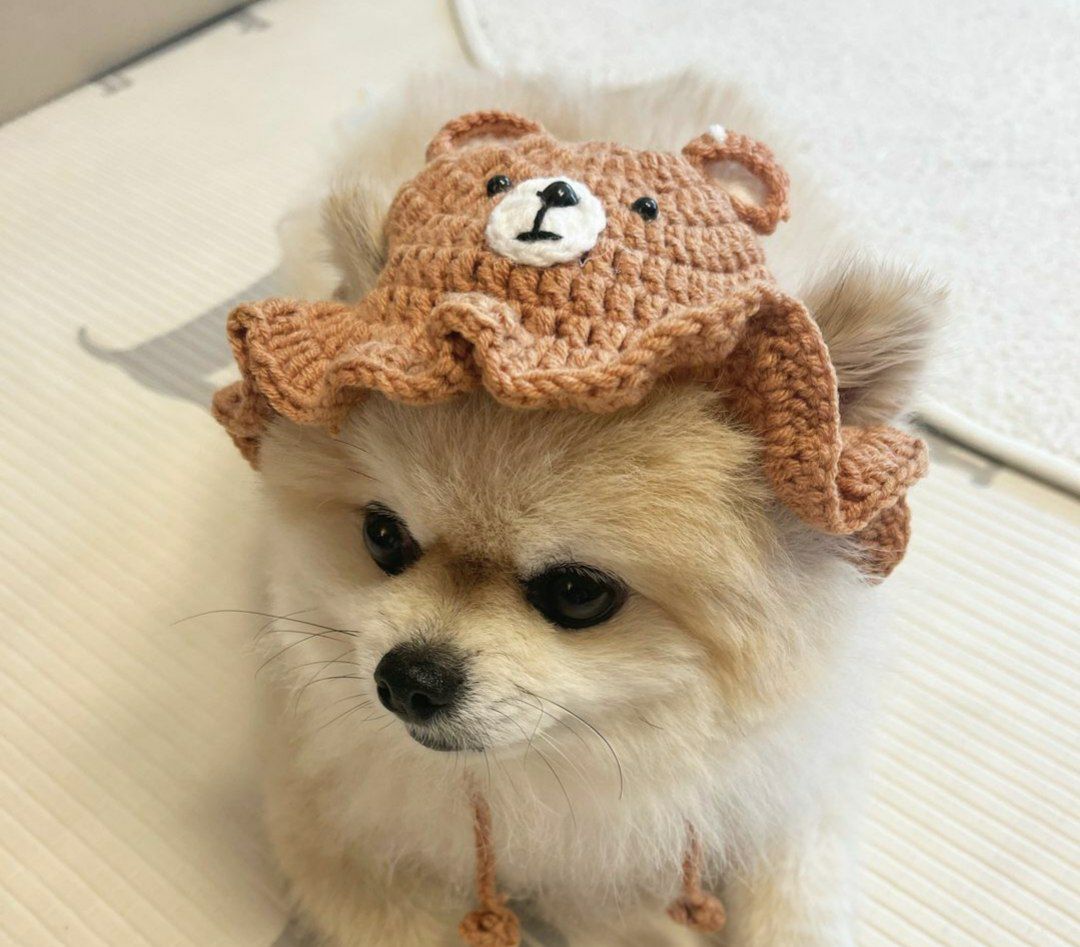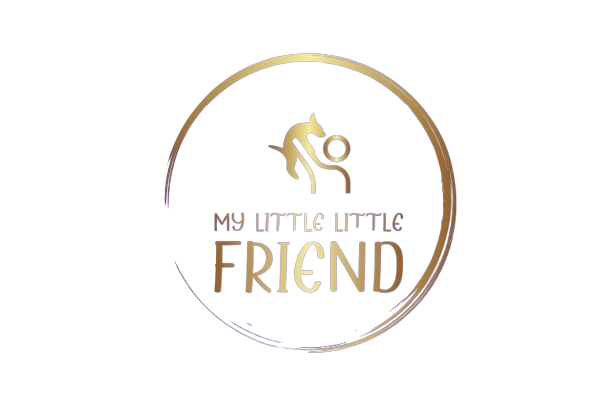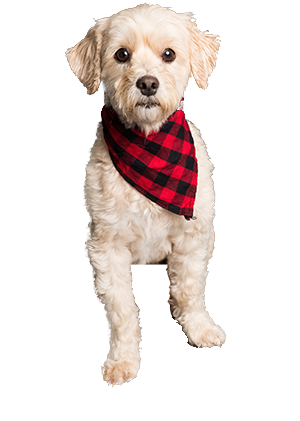The Best Family-Friendly Dog Breeds
Dogs enrich family life with love, laughter, and companionship. However, to ensure a smooth transition and lasting joy, careful planning is key! Here’s a two-pronged approach to finding your perfect furry friend:
- Choosing the Right Breed: Consider your family’s lifestyle. Research breeds known for patience, gentleness, and trainability – qualities ideal for families with children. Golden Retrievers, Labradors, and Beagles are popular choices.
- Preparing Your Children: Get your little ones involved! Teach them responsible pet care through age-appropriate tasks like picking up toys or filling water bowls. Supervise interactions, and educate them on respectful behavior around dogs.
By carefully selecting a breed that complements your family dynamic and preparing your children for their new furry friend, you’re setting the stage for a lifetime of love and happy memories!

Welcoming a New Furry Friend: Preparing Your Children
A new puppy brings excitement, but it’s crucial to teach your children responsible pet care from the start. Here’s how to ensure a smooth introduction:
Setting Expectations:
- Puppies are not Toys: Explain that puppies are living creatures with needs. They require gentle handling and respect, not rough play.
Positive Interactions:
- Calm and Quiet Introductions: Socialization starts early (4-14 weeks). Create a relaxed environment for the puppy’s first meeting with your children. Keep things quiet and avoid overwhelming the pup.
- Let the Puppy Initiate: Encourage your children to sit on the floor and allow the puppy to approach them at its own pace. This fosters trust and reduces fear.
Safe Handling Techniques:
- Proper Lifting: Teach children to support the puppy’s body carefully when picking it up. One hand goes under the chest, the other cradles the rear end.
- Gentle Cuddles: When cuddling, ensure they hold the puppy loosely and avoid squeezing.
Supervision is Key:
- Always supervise interactions between children and puppies, especially during the initial stages. This helps prevent accidental injuries and negative experiences.
By educating your children and creating positive interactions, you’ll lay the foundation for a loving and lifelong bond between your family and your new canine companion!
Keeping the Fun Furry and Safe: Playtime with Pups and Kids
Bringing a puppy home is exciting for children, but safety is paramount. Here’s how to ensure playtime is positive for both your furry friend and your little ones:
Building Safe Interactions:
- Respectful Play: Teach children to avoid disturbing the puppy when sleeping or eating. Explain this is the puppy’s quiet time.
- Body Language Basics: Direct eye contact can be perceived as a challenge by some dogs. Teach children to approach the puppy with a relaxed posture and avoid staring directly in their eyes.
- Gentle Handling: Remind children about proper lifting techniques and to avoid squeezing the puppy during cuddles.
- Off-Limits Food: Establish a rule that table scraps are off-limits for the puppy. This prevents unwanted begging behavior and potential digestive issues.


Supervision is Essential:
- Adult Presence is Key: For children under 10, always supervise playtime with the puppy. This ensures both parties stay safe and prevents any misunderstandings.
Teaching Responsibility:
- Shared Role in Safety: Remind children that they have a role to play in keeping the puppy safe. This fosters responsibility and creates a sense of partnership.
By setting clear boundaries and teaching respectful interactions, you can create a safe and enjoyable environment for your children and your new furry friend. Playtime becomes a positive bonding experience for everyone!
Choosing a Canine Companion: Perfect Pups for Playful Homes
Dogs enrich family life with love, loyalty, and endless entertainment for children. But selecting the right breed is crucial for a harmonious household. Here’s a guide to popular family-friendly dog breeds, keeping in mind that temperament can vary within breeds:
Size Matters (but Not Everything!):
- Consider your lifestyle: Match the dog’s size and energy level to your family’s activity level. A large breed like a Golden Retriever might not be ideal for a small apartment, while a Beagle’s playful spirit might thrive in an active family.

Beyond Size: Temperament Traits
Gentle Giants: Golden Retrievers and Labrador Retrievers are renowned for their patience, kindness, and love for playing with children. However, remember these breeds require plenty of exercise.
Low-Key Companions: For families seeking a calmer companion, Bulldogs offer a loyal and relaxed presence.
Friendly and Fun: Beagles, with their cheerful personalities, are another popular choice.
Small Wonders: Havanese, known for their gentle nature and playful spirit, are perfect for families with younger children.
Hypoallergenic Hounds: Poodles, available in standard and miniature sizes, are intelligent, obedient, and shed minimally – ideal for families with allergies. Keep in mind their grooming needs.
Remember:
- Every Dog is an Individual: Temperament can vary within breeds. Meet the parents of the puppy you’re considering to get a sense of their personality and potential size.
- Responsibility for All: Educate your children on responsible pet care from the start. This fosters a sense of partnership and ensures a safe and happy environment for everyone.
By choosing a breed that complements your family’s lifestyle and teaching responsible pet care, you’re laying the foundation for a lifetime of love and furry fun!

